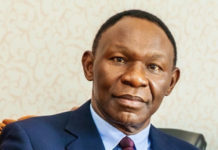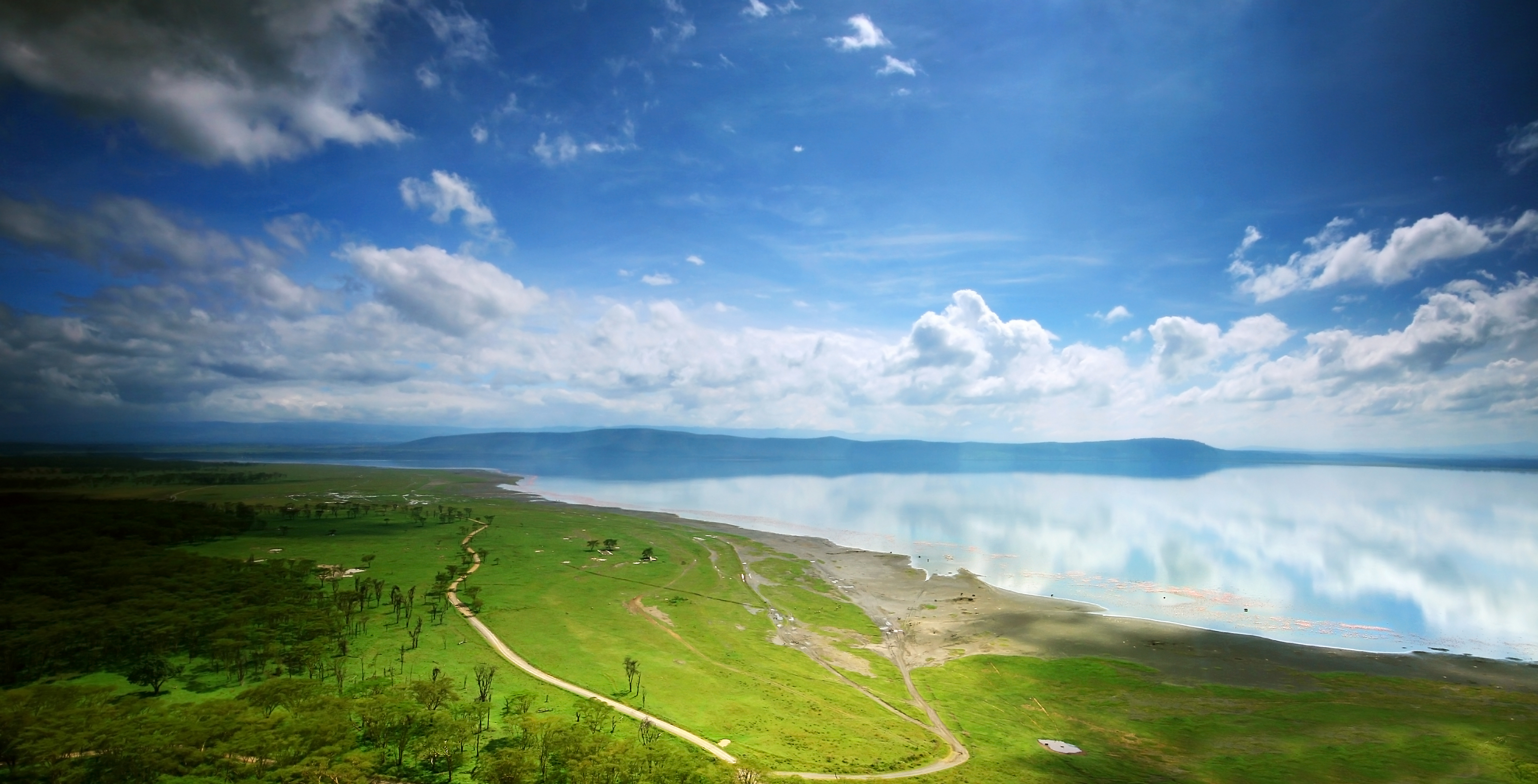*Mission also to Uganda
 The Belgian Trade Agencies – BIE, FIT, AWEX and the CBL-ACP will conduct a business mission to Uganda & Kenya on the 25th of November 2017. The mission will have a triple focus: AgroFood – Construction – Energy
The Belgian Trade Agencies – BIE, FIT, AWEX and the CBL-ACP will conduct a business mission to Uganda & Kenya on the 25th of November 2017. The mission will have a triple focus: AgroFood – Construction – Energy
1. Agri-Business in Kenya
Agriculture and its allied services are at the centre of the wealth of Kenya. The country is famous for its large cultivation of tea, coffee, grains, and fruits such as mangoes, pineapples, passion fruit, oranges, water melon, pawpaw, avocado, and banana. The dairy industry is also evolving with a large herd of exotic dairy cows which provide fresh milk for processing into branded pasteurised milk and other dairy products. 16% of the land is of high-to-medium potential, while the rest is arid and semi-arid land with low agricultural potential: only useful for nomadic pastoralism, commercial ranching and irrigated agriculture. About 5 million people live in the low potential areas, while the remainder depend on the high to medium areas. Although 80% of the population depend on agriculture, small-scale farms of 0.5–10 ha dominate the high to medium areas, with about 81% of small-scale farmers holding less than 2 ha. Given a population growth rate of 3.2%, the pressure on land to sustain food production and cash crop farming is increasing. The Agribusiness contributes at the level of 3,2 % to the GDP and 8,5 % in the exports.
– Products most imported: wheat (1,2Mt), rice (459 000 t),
oil (622 000 t) and sugar (229000t).
– Products most exported: tea, horticultural products, coffee, fish
2. Construction sector in Kenya
Kenya’s construction industry is going through a boom. The government has invested heavily in the construction sector in order to improve the infrastructure such as road networks and provide new homes for the locals (supported by the banks to get loans to buy apartments/cars). The Kenyan construction industry accounts 7% of the GDP. With an increase in population, there are opportunities in the construction of residential, commercial and industrial buildings, including prefabricated low-cost housing. There are extensive opportunities
in the area of upgrading informal settlements, urban renewal, construction of middle and low income housing, and the manufacture and supply of building materials and components.
Opportunities:
- Construction material and equipment
- Residential housing: objective of building 150,000 housing units per year
- Lapsset: Kenya’s largest infrastructure project valued at US $ 39Bn with a cross-sector abundance of opportunities for the construction of rail, road, airport, housing and utilities infrastructure
3. Energy sector in Kenya
Electricity in Kenya is generated by geothermal (47% of consumption), hydropower (39%), thermal (13%) and wind (0.4%). Kenya’s current power capacity is estimated at 2.4GW, 1.5GW of which is grid-connected and 500MW of which has come online since mid-2014.
Since hydropower accounts for a large percentage of this capacity and is reliant on unpredictable weather conditions, the frequency of power outages is high at 33%. The cost of energy in Kenya is also high at US$0.150 per kWh, almost four times the cost of energy in South Africa (US$0.040).
There are approximately ten IPPs in operation4 and they account for about 24% of the country’s installed capacity, up from 11% in 2008. One of the key components of the Kenyan government’s energy strategy is a strong emphasis on the participation of private investors in the development of the electricity sector, so the current trend is likely to continue, at least in the medium term. However, there are concerns about the low efficiency of power production by IPPs.
Although hydropower accounts for a large proportion of energy production in Kenya, its unreliability has pushed
the government to favour wind, thermal and geothermal generation:
- Geothermal: Kenya accounts for 7 of the 15 gigawatts of potential geothermal energy in Africa. In fact, it is the world’s 8th largest producer of geothermal energy. Additionally, high subsurface temperatures make it cheaper to produce geothermal energy here.
- Wind: Kenya is home to Africa’s largest wind power project (the 310MW Lake Turkana Wind Farm) as well as a further 900MW in development or online.
- Coal: The energy mix in Kenya may change with the exploitation of a 400-million-tonne coal mine discovered in the Mui Basin, which is expected to power the operations of two new 960MW power plants by 2017. The US $34bn mining concession was given to Fenxi Mining Group in 2012, and a Chinese consortium was given mining rights to the coal mine in 2015.
Challenges:
Demand is rising faster than the ability to install additional generation plants. Over-dependence on hydro-power, which exposes the country to power rationing due to extreme weather conditions which result in drought, a shortage of transformers and overstressed distribution network; dependence on donor funding for various projects; inadequate transmission and distribution network; emergence of food safety issues when developing the bio-diesel industry, to name just a few.
The Trade Commission’s mission is to support Belgian-based companies willing to do business in East Africa and East African companies seeking to source goods and services from Belgium. Ivan Korsak works for the three Regions of Belgium in the five countries of the East African Community. Every month he complies a short newsletter on projects in the region.
YVAN KORSAC
Trade Commissioner in Kenya Brussels Invest & Export
![[:fr]KENYA[:]](https://perspectives-cblacp.eu/wp-content/uploads/2017/09/KENYA-696x464.jpg)


